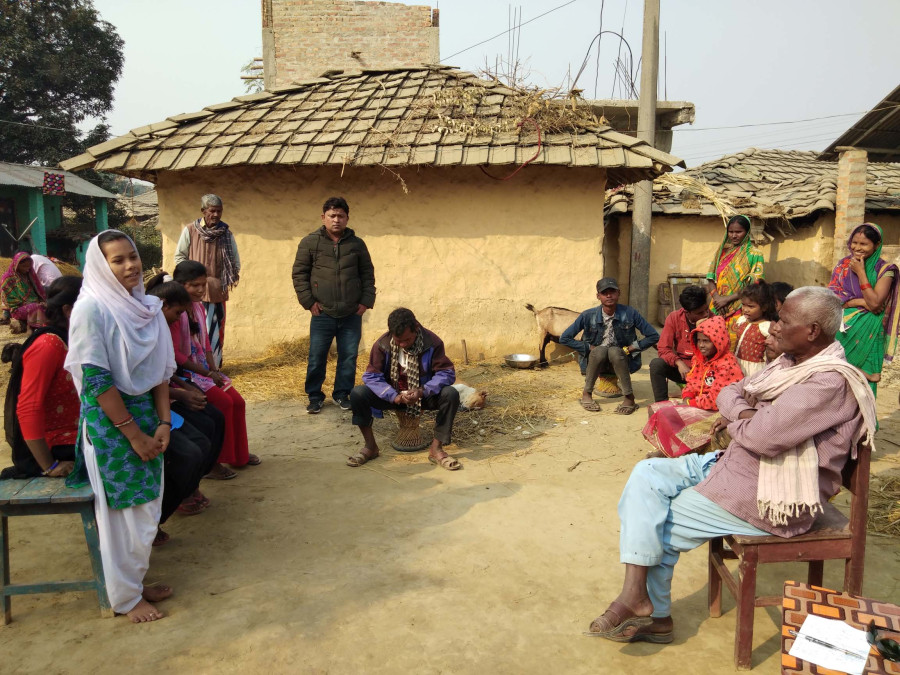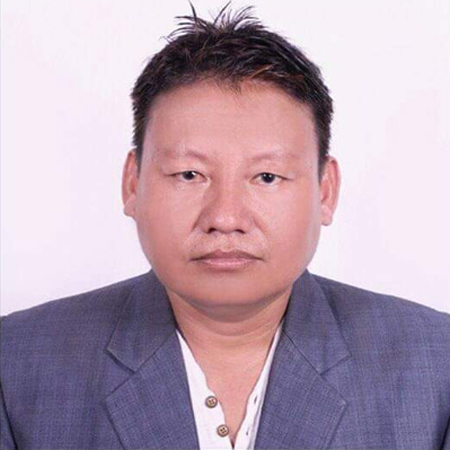National
Musahar girl champions the cause of ending child marriage in community
When Radhika Saday Musahar turned 16, her parents decided to marry her off. She was just a 10th grader at a local school.
Bharat Jarghamagar
When Radhika Saday Musahar turned 16, her parents decided to marry her off. She was just a 10th grader at a local school.
But, because she had received an education and had participated in a programme related to child marriage, Musahar was aware of what was happening, and how this one event would spell out the rest of her life. She then outrightly refused her parents’ proposal to get her hitched.
Radhika’s is a story that should inspire thousands of girls and communities on how education and awareness can play a crucial role in stopping child marriage, a concept still rampant in the Tarai as well as other remote parts of the country. Radhika, of a Musahar settlement in Malhanwa of Siraha, now wants to
champion the cause of ending child marriage.
Child marriage has been illegal in Nepal since 1962, but a complex web of factors still makes the practice persist. Per Unicef data, Nepal has the third highest rate of child marriage in Asia. Around 37 percent of girls marry before they turn 18, while 10 percent marry before celebrating their 15th birthday. Muashars, who live in eastern Tarai, are one of the communities in which child marriage is rife. But Radhika has emerged as a beacon of hope for many other girls like her who are forced to marry long before they turn the legal age of marriage of 20.
“But it was not easy,” says Radhika, the only daughter of her parents—Jhagadu and Thakunni. Radhika’s father, Jhagadu, was just 14 when he married Thakani (also of the same age). Thakani then gave birth to Radhika at the age of 16. “My parents started ignoring me after I refused to oblige to their call to marry. I kept on insisting that I was neither physically nor legally prepared for marriage, but they were of the view that as I was their only child, and they wanted to marry me off soon.”
She says after she rejected the marriage offer, she gathered her friends to take a stand against child marriage, and started Namuna Kishori Samuha. “And I decided to dive into a campaign against child marriage,” she says. Sumitra Kumari Saday Musahar, Sumita and Anusha—all 10th-, ninth-, and eigth-graders—have joined Radhika to strengthen their campaign against child marriage. At Radhika’s initiative, they have formed a model group to fight for the cause.
Today, there are 25 girls in this campaign against child marriage in this settlement of Musahars, one of the poorest and most marginalised Dalit communities in Nepal. And although it took a while for Radhika to make her parents understand how child marriage robs girls of their educational and health rights, now they too have joined their daughter’s fight against child marriage.




 18.12°C Kathmandu
18.12°C Kathmandu















